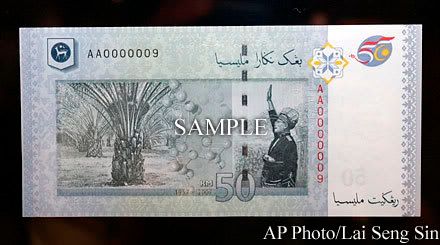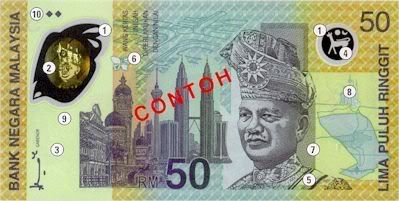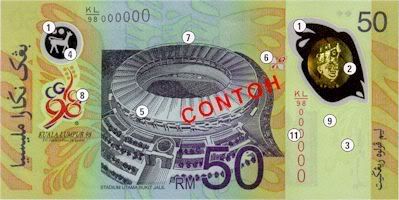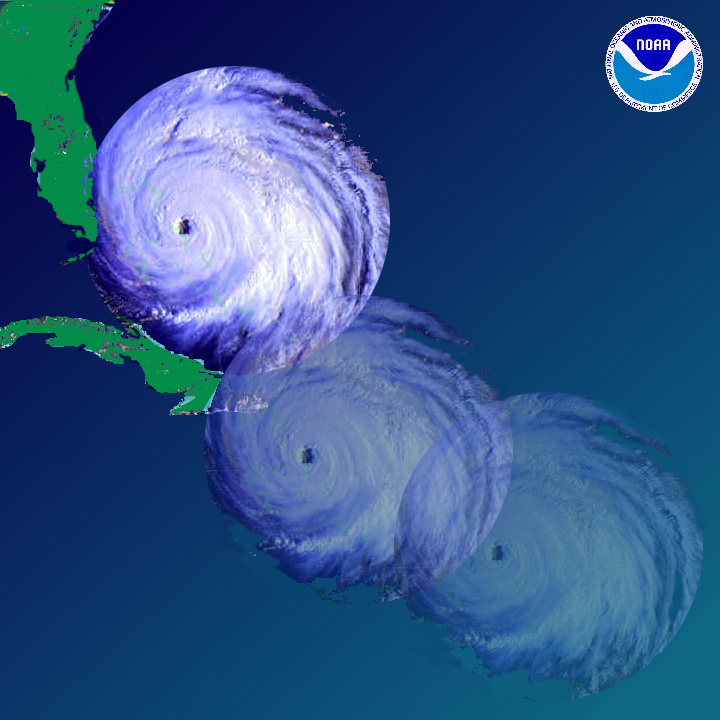Who Put the Trance in Transylvania?
Published: November 9, 2007
We may as well start with the obvious questions about “Young Frankenstein,” the really big show from Mel Brooks that opened last night at the Hilton Theater. The answer to all of them is no.
Skip to next paragraph 
Sara Krulwich/The New York Times
Shuler Hensley, left, as the Monster and Roger Bart as Frederick Frankenstein in the musical "Young Frankenstein." More Photos »

Sara Krulwich/The New York Times
From left, Christopher Fitzgerald, Roger Bart, Shuler Hensley and Andrea Martin in "Young Frankenstein." More Photos >
No, it is not nearly as good as “The Producers,” Mr. Brooks’s previous Broadway musical. No, it is not as much fun as the 1974 Mel Brooks movie, also called “Young Frankenstein,” on which it is based. No, it does not provide $450 worth of pleasure (that being its record-setting price for “premier seating”).
Well, unless you measure your pleasure in decibels. Even by the blaring standards of Broadway, “Young Frankenstein,” directed and choreographed by Susan Stroman, stands out for its loudness — in its ear-splitting amplification, eye-splitting visual effects and would-be side-splitting jokes. It’s as if the production had been built on the premise that its audiences would be slow on the uptake and hard of hearing, the sort of folks who would say: “That pun flew right by me. Could you repeat it a couple of times, louder?”
There’s no denying that this hopped-up stage version of Mr. Brooks’s movie, about a brilliant American doctor who finds his heart (among other body parts) in Transylvania, looks like it cost every penny of its reported $16 million-plus budget. Much of Robin Wagner’s comic-book gothic set could fit right into that gold standard of family-friendly scariness, the Haunted Mansion at Disney World.
Still, as newly rich New Yorkers learn every day, money can’t buy you flair. It can’t even buy you laughs. “Young Frankenstein” — which features songs by Mr. Brooks and a book by Mr. Brooks and Thomas Meehan, his collaborator on “The Producers” — certainly has a high density of talent. It also surely has the hardest-working supersize ensemble, led by an amiable but overwhelmed Roger Bart, and the largest percentage of gags per scene.
Some of those gags, many of which are lifted from the movie, are pretty funny. (O.K., let’s be honest: I laughed exactly three times.) There are some enjoyable musical routines. (All right, my count is 2 out of nearly 20.) And if the headline stars, Mr. Bart (in the title role) and Megan Mullally (as his Park Avenue fiancée), don’t feel naturally wedded to their roles, the production does offer confirmation of the distinctive, very different talents of Sutton Foster, Shuler Hensley and Andrea Martin.
The show takes many of the elements that made “The Producers” such a delight and then saps them of their joy by overselling them. The problem is partly the source material. “The Producers” was originally a 1968 movie about putting on a musical. In translating it to the stage, Mr. Brooks, Mr. Meehan and Ms. Stroman filled it with both an insider’s sardonic knowingness and a fan’s affection. Amid the show’s sea of clever industry caricatures were two real characters: the producers themselves, Max Bialystock and Leo Bloom, embodied as an exhilarating double act by Nathan Lane and Matthew Broderick.
The film of “Young Frankenstein,” which Pauline Kael called Mr. Brooks’s “most sustained piece of moviemaking,” was a different kettle of celluloid, a genre pastiche of Depression-era American monster movies. Mr. Brooks scrupulously honored the style of those films, even to the point of shooting it in black-and-white, and then tossed in a stink bomb of Catskills humor.
It’s not impossible to simulate dark vintage movies onstage. (The Broadway-bound British recreation of Hitchcock’s “39 Steps” is proof of that.) But it’s a lot harder if your first objective is to be bawdy, bouncy and colorful. Despite its fidelity to the film’s script, “The New Mel Brooks Musical Young Frankenstein” (to use its sprawling official title) feels less like a sustained book musical than an overblown burlesque revue, right down to its giggly smuttiness.
Ms. Stroman seems to take the show one joke at a time: land this gag, milk it for as long as possible and then mark time with some standard-issue ensemble dancing until you move on to the next . As with “Spamalot,” another (and much better) movie-inspired musical, you can sense people in the audience anticipating their favorite jokes from the film and roaring even before the punch lines. Similarly, the performances operate on a gag-by-gag basis. This vaudeville sensibility may account for the disconnectedness of Mr. Bart’s Frederick Frankenstein. (It may also come from Mr. Bart’s reportedly having injured his back during previews.) But as the New York doctor who in 1934 visits Transylvania to settle his grandfather’s estate and winds up moving in to make monsters, Mr. Bart sort of disappears.
He can sing, he can dance, he can sell a funny line in several different styles. In a filigree supporting role, like the serpentine Carmen Ghia in “The Producers,” he can be a knockout. But here he doesn’t create a continuous character. (I felt the same way when I saw him as Leo in “The Producers.”) And he lacks that wild-eyed glint of ambition run amok that every mad scientist needs.
As Elizabeth, Victor’s high-strung fiancée, Ms. Mullally (late of the sitcom “Will & Grace”) is obviously doing her best to banish memories of the brilliant Madeline Kahn, who created the part on screen. Looking more like a matron than a madcap heiress in William Ivey Long’s swanky costumes, Ms. Mullally instead imitates several 1930s movie actresses (Mary Boland, Irene Dunne, Shirley Temple, even Margaret Dumont), without settling on any one. And though Christopher Fitzgerald is a gifted singing comic, it seems odd to cast a cherub in the role of the demented Igor.
On the plus side (the slimmer side), Sutton Foster (of “Thoroughly Modern Millie” and “The Drowsy Chaperone”) is delicious as Dr. Frankenstein’s voluptuous young assistant, who uses yodeling as foreplay. (The deadpan friskiness of her “Roll in the Hay” is a high point.) Andrea Martin, an inspired comedian, makes the role of Frau Blucher, the sinister housekeeper, all her own through artful exaggeration. And Shuler Hensley (Judd in the most recent Broadway revival of “Oklahoma!”) is terrific, turning Frankenstein’s monster into the most human character onstage.













